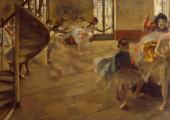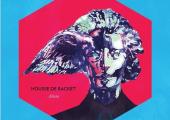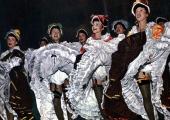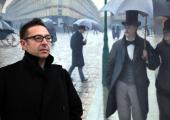Cabaret New Burlesque - new arty raunch direct from Paris

Surreal, chic erotica - and it's come to the West End
We know (we have the analytics) that quite a few TAD readers are not averse to a bit of arty burlesque – our candid interview with striptease artist Ursula Martinez was read by many thousands. The latest contenders in the burgeoning titillation-as-art scene are Cabaret New Burlesque who finished a three night run last night at the Charing Cross Theatre in London (it will be back, they promise).









